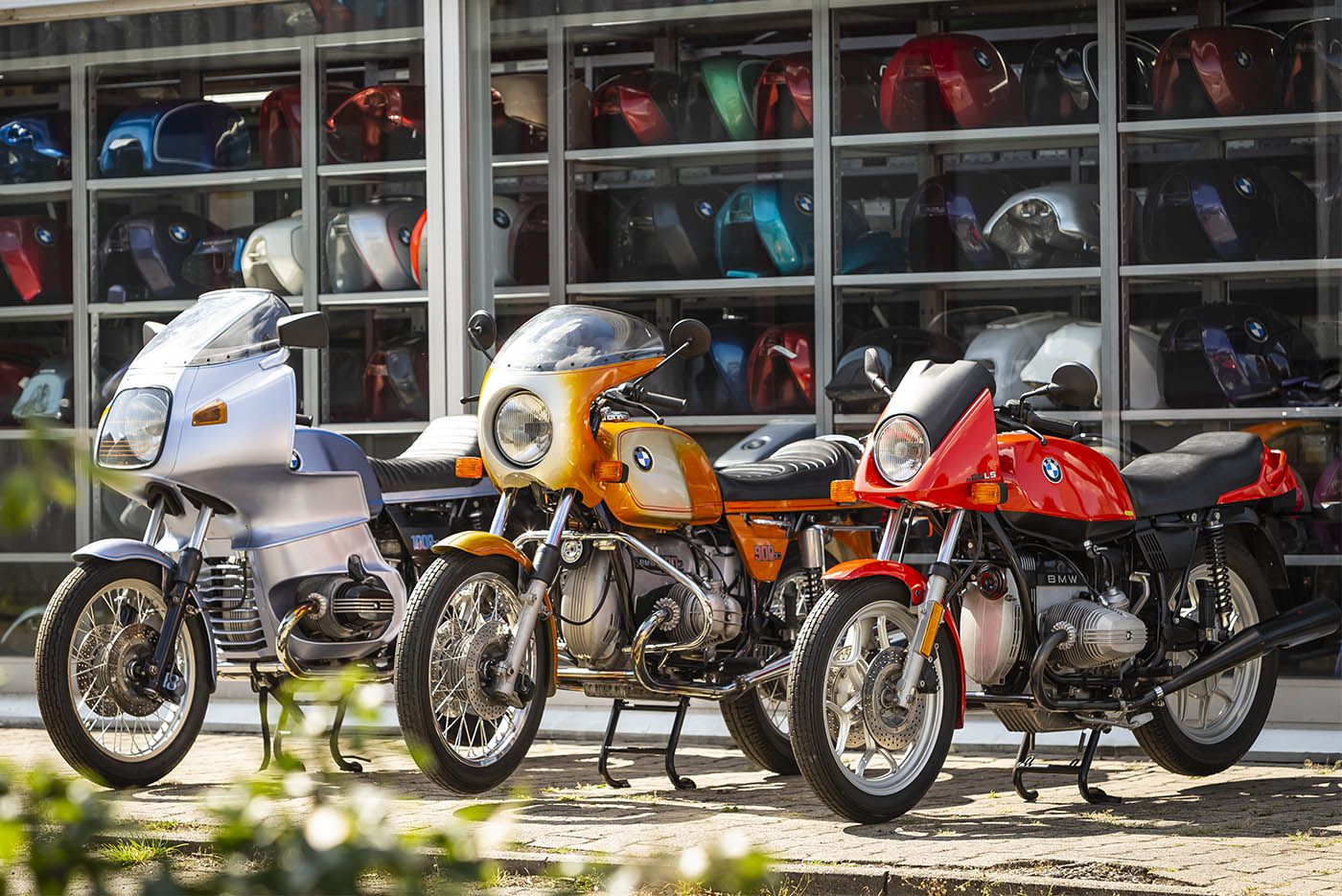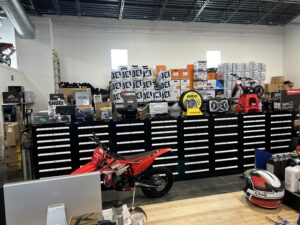Discover High Quality Moto Parts NZ for All Your Motorcycle Requirements
Discover High Quality Moto Parts NZ for All Your Motorcycle Requirements
Blog Article
Mastering Motorbike Gears: How to Maximize Your Riding Experience
In the world of motorcycling, understanding the art of gear manipulation is crucial for boosting your riding efficiency. Correctly utilizing and understanding bike equipments can considerably impact control, gas, and acceleration performance, transforming a typical trip into a smooth, exhilarating trip.
Comprehending Gear Mechanics
Exactly how do the intricacies of gear auto mechanics influence motorcycle efficiency? At the core of bike dynamics, gear technicians play an essential duty in transforming engine power into movement, ultimately determining speed and control. Gears, diligently crafted elements, enable motorcyclists to optimize torque and speed, making sure a seamless change through various surfaces and velocities. The gear proportions, carefully designed, identify the connection in between engine changes and wheel turns, influencing velocity and gas efficiency.
Recognizing gear technicians starts with recognizing the value of the transmission, which houses several equipments of differing sizes. These equipments interact via a procedure referred to as meshing, where teeth of different gears involve to transmit power. The accuracy of this communication is critical; any kind of imbalance or damages can result in inefficient power transfer, hindering performance. Additionally, the plan and dimension of equipments influence the motorcycle's capability to handle various lots and rates.
In addition, the concept of gear shifting is integral to making the most of efficiency. Timely and smooth shifts make sure that the engine runs within its ideal power band, protecting against unneeded strain and improving durability (mx gear nz). By understanding these mechanical ins and outs, cyclists can achieve an unified mix of power, control, and performance, raising their riding experience
Timing Your Changes
Change timing proficiency is essential for enhancing bike performance and improving the riding experience. Correctly timed shifts guarantee that the engine runs within its optimum power band, which is critical for maintaining control, accomplishing smooth velocity, and making sure the longevity of the bike. Riders need to develop an instinctive feeling of when to shift gears, which entails recognizing the relationship in between engine revolutions per min (RPM) and rate.
To grasp change timing, pay attention to the engine's audio and really feel, as these give crucial ideas about when to alter equipments. The perfect shift point normally happens when the engine approaches the upper variety of its power band without reaching the redline. Changing also early can lead to a lack of power, while moving as well late might cause unnecessary engine stress
Additionally, road problems and riding design influence change timing. In urban settings, smoother and a lot more regular changes may be required to navigate website traffic successfully. On the other hand, during highway riding, less shifts at higher rates can be better suited. Practicing in diverse environments will enhance your capability to time shifts specifically, ultimately boosting your riding experience to an expert level.
Enhancing Fuel Efficiency
While understanding bike gears is crucial for efficiency, improving fuel performance is similarly crucial for both economic and ecological reasons. Optimum fuel consumption not just decreases operational costs yet also reduces the eco-friendly footprint of riding. To accomplish this, one must recognize the elaborate partnership in between equipment selection and engine performance.
Firstly, selecting the appropriate gear at ideal rates can significantly influence gas intake. Riding go in a higher equipment at lower speeds can cause engine hauling, which is detrimental to both gas economic situation and engine health. On the other hand, riding in lower equipments at broadband leads to unnecessary fuel consumption. Therefore, preserving an ideal balance by shifting equipments abreast with roadway conditions and anticipated maneuvers is important.
Furthermore, regular maintenance plays a crucial function in gas efficiency. Guaranteeing that the motorbike is well-tuned, with tidy air filters and properly blew up tires, can minimize and enhance aerodynamics fuel waste. Additionally, taking on a riding style that accepts progressive velocity and smooth deceleration can add to better gas economy.

Strategies for Smooth Transitions
Attaining smooth equipment transitions is fundamental to boosting the riding experience and making certain the long life of a bike's transmission system. Correct gear moving not just adds to a seamless adventure yet likewise lessens wear and tear on the mechanical parts. To grasp the art of smooth changes, riders must concentrate on a couple of key techniques.

Secondly, clutch control plays a crucial look at here duty. Involving and disengaging the clutch efficiently needs technique. The clutch bar ought to be launched progressively, permitting a smooth transfer of power from the engine to the wheels without creating a jolt or sudden movement.

Adjusting to Road Conditions
Navigating varied roadway problems is a critical skill for any kind of motorcyclist aiming to preserve control and safety. Whether you're riding on damp surface areas, crushed rock roads, or navigating doglegs, your ability to adjust your gear use and riding strategy is paramount. Understanding just how to adjust your gears appropriately can significantly influence grip and stability, guaranteeing a more secure journey.
On wet roadways, it is recommended to keep greater gears to lower torque and minimize wheel spin. This technique helps keep hold on slippery surface areas, enabling smoother acceleration and deceleration. In comparison, when riding on gravel or irregular surface, lower gears are more suitable. Lower gears give much better control and enable you to respond even more promptly to unanticipated changes in the road surface area.
Sharp curves demand specific gear management to balance rate and control. Downshifting prior to going into a contour can assist preserve energy while ensuring the bike remains steady throughout the turn. Constant practice in different problems boosts your capacity to respond and predict to changes in roadway texture and incline.
Verdict
Understanding bike gears substantially enhances the riding experience by boosting velocity, control, and fuel efficiency. Adjusting gear option to different roadway problems, such as using higher gears on damp surfaces and lower gears on read review crushed rock, further improves handling and safety and security.
Recognizing equipment mechanics starts with acknowledging the importance of the gearbox, which houses several equipments of varying dimensions. These equipments connect with a procedure known as meshing, where teeth of various equipments engage to transfer power (motorcycle shop). Gentle adjustments to the throttle during gear shifts can avoid jerky activities and preserve a regular riding pace
Whether you're riding on damp surfaces, gravel roads, or browsing sharp turns, your capability to adapt your equipment usage and riding strategy is paramount. Adjusting equipment choice to various roadway problems, such as utilizing greater equipments on wet surfaces and lower gears on crushed rock, further improves handling and safety.
Report this page